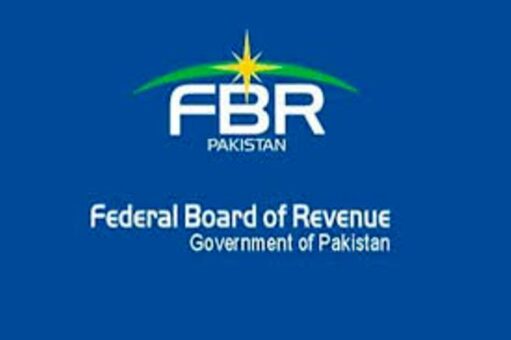How depreciation deduction allowed for tax calculation is explained by the Federal Board of Revenue (FBR) through updated version of the Income Tax Ordinance, 2001, which incorporates amendments introduced through the Finance Act, 2021.
Among the sections that taxpayers should be well-acquainted with is Section 22, which provides detailed insights into the deduction for depreciation of depreciable assets used in a person’s business during a tax year.
Section 22 of the Income Tax Ordinance, 2001 revolves around the concept of depreciation and outlines the rules and procedures for calculating deductions associated with the depreciation of depreciable assets. This section plays a pivotal role in determining the tax liability of businesses and individuals who use such assets in their economic activities.
Key provisions of Section 22 include:
Depreciation Deductions (Section 22(1)): A person who uses depreciable assets in their business during a tax year is entitled to a deduction for the depreciation of these assets. This deduction aims to account for the gradual loss in value of these assets due to factors such as wear and tear or obsolescence.
Depreciation Rate and Application (Section 22(2)): The depreciation deduction for a tax year is calculated by applying the rate specified in Part I of the Third Schedule against the written down value of the asset at the beginning of that year. It is important to note that if a depreciable asset is used for the first time in a tax year starting on or after July 1, 2020, the depreciation deduction is reduced by fifty percent.
Partial Business Use (Section 22(3)): In situations where a depreciable asset is used partly for deriving income from business chargeable to tax and partly for other purposes, the deduction is restricted to the fair proportional part, considering only the portion of the asset used to generate taxable business income.
Computation of Written Down Value (Section 22(5)): The written down value of a depreciable asset at the beginning of a tax year is determined based on whether the asset was acquired in the tax year or earlier. In the case of acquisition in the current tax year, the cost of the asset is used, adjusted for any initial allowance. For assets acquired in previous tax years, the cost is adjusted by considering the total depreciation deductions, including initial allowances, granted in prior tax years.
Tax-Exempt Business Income (Section 22(5) Explanation): The section’s explanation clarifies that if an asset like a building, furniture, plant, or machinery is used for business during any tax year when income from such business is tax-exempt, depreciation is deemed to have been allowed for that year. After the exemption period ends, the written down value of such assets is calculated by reducing total depreciation deductions, including any initial allowances.
Asset Used Solely for Taxable Business (Section 22(6)): If Section 22(3) applies to a depreciable asset for a tax year, the written down value of the asset is computed as if it has been solely used for deriving income from business chargeable to tax.
Total Deductions Cannot Exceed Asset Cost (Section 22(7)): The total deductions allowed to a person during the period of ownership of a depreciable asset under Section 22 and Section 23 shall not exceed the cost of the asset.
Asset Disposal (Section 22(8)): If a person disposes of a depreciable asset in any tax year, no depreciation deduction is allowed for that year. However, the treatment of any excess of consideration received over the written down value or the difference when consideration received is less than the written down value depends on the specific circumstances of the disposal.
Passenger Transport Vehicles and Other Provisions (Section 22(10)-(13)): This section further defines and limits the cost of depreciable assets like passenger transport vehicles and immovable property. It also clarifies the treatment of leased assets in specific cases and addresses asset export or transfer out of Pakistan.
Definition of Depreciable Asset (Section 22(15)): A depreciable asset, as defined in this section, includes tangible movable property, immovable property (excluding unimproved land), and structural improvements to immovable property. These assets should have a normal useful life exceeding one year and are expected to lose value due to normal wear and tear or obsolescence.
Section 22 of the Income Tax Ordinance, 2001, is a critical element of Pakistan’s tax system, as it governs the deduction for depreciation of assets used in business activities. Taxpayers, especially businesses and individuals involved in economic activities, need to have a clear understanding of the provisions and requirements outlined in this section to ensure accurate tax compliance and take full advantage of available deductions.
